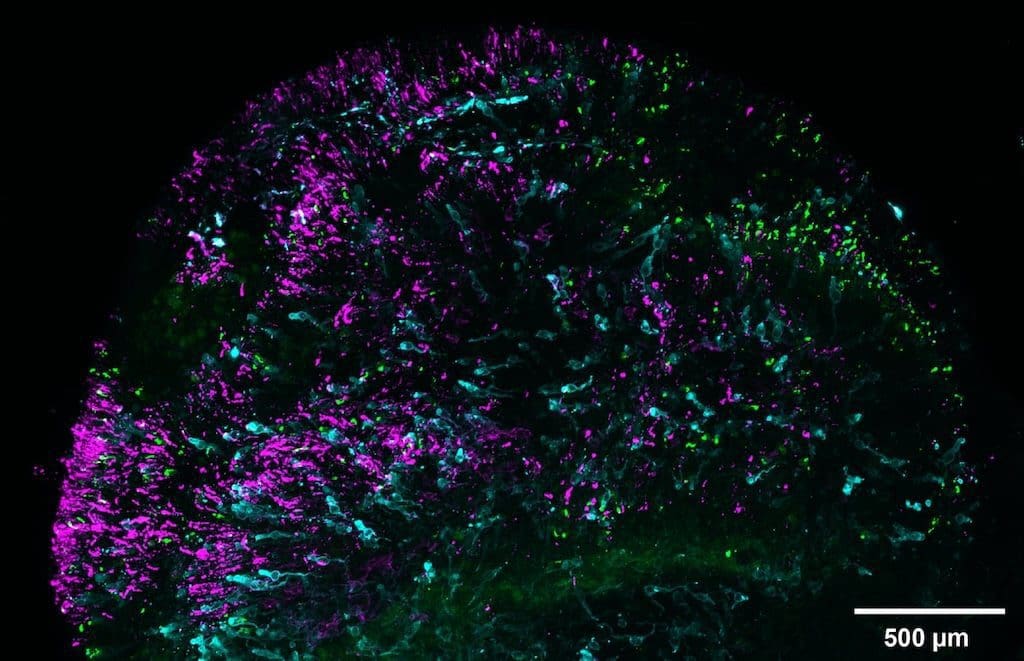
Using human retinas grown in a petri dish, researchers have discovered how an offshoot of vitamin A generates the specialized cells that enable people to see millions of colors, an ability that dogs, cats, and other mammals do not possess.
Robert Johnston, along with many other Johns Hopkins authors are named in the article that can be found here. The full article was published on January 11, 2024 in PLOS Biology.